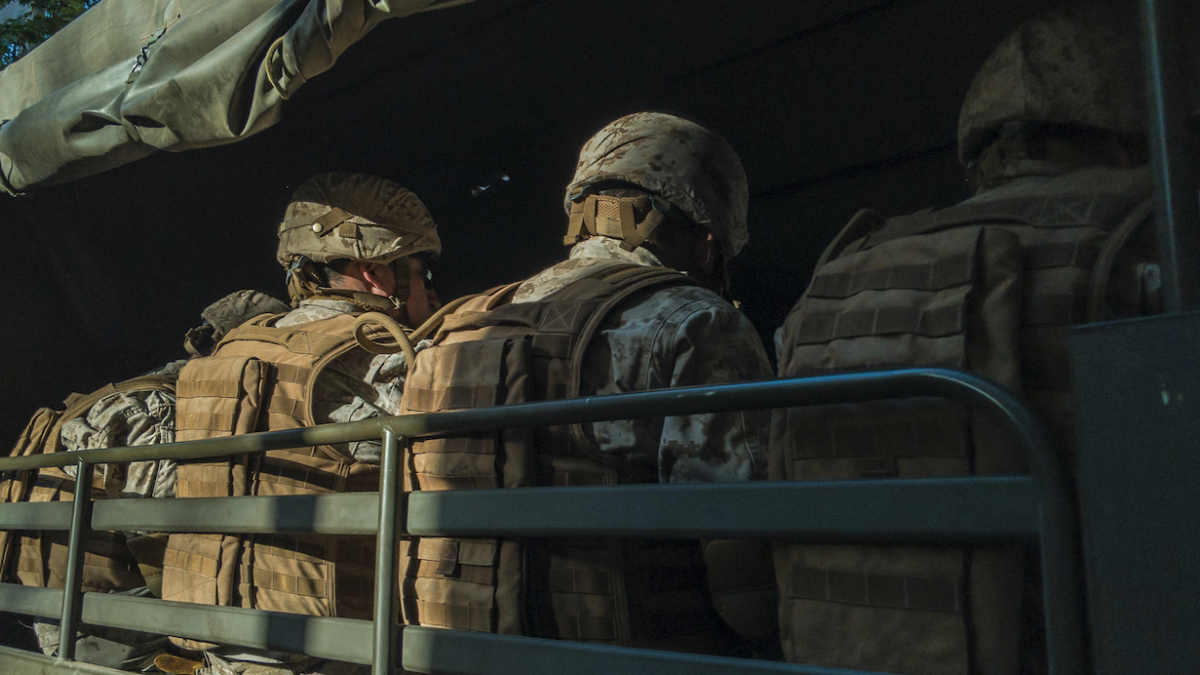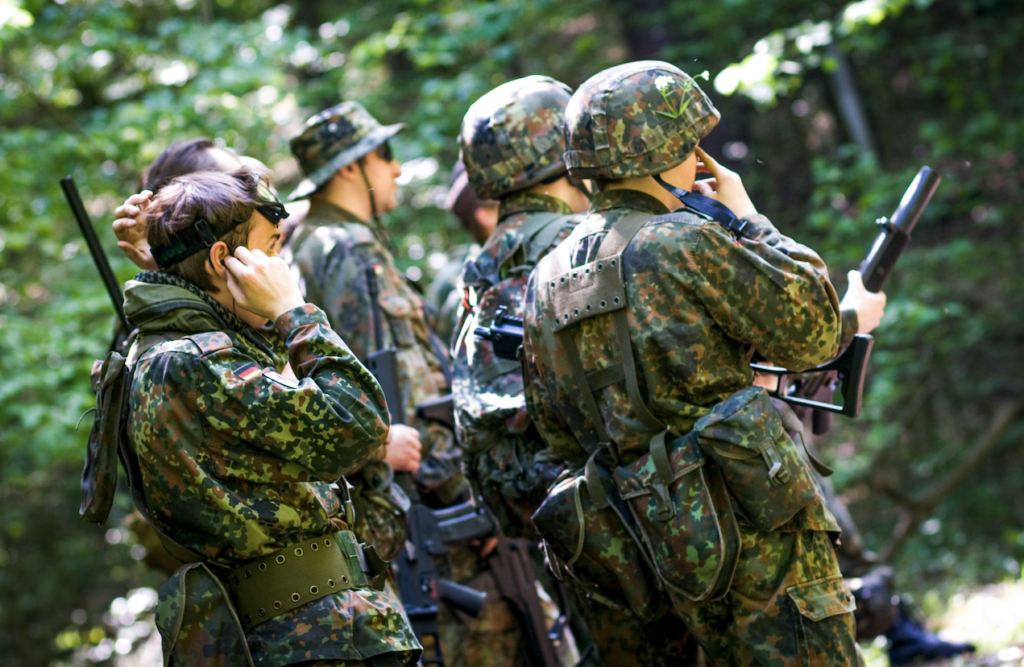
Plate carrier vs. ballistic vest
When most people think about protection against ballistic attacks, bulletproof vests are what often come to their minds. However, a lot of people still find it hard to differentiate between bullet proof vests and plate carriers. While they both serve a similar primary purpose – stopping bullets – they still possess slight differences in features and design.
Bullet Proof Vests
There are a lot of factors that need to be considered before selecting either a bullet proof vest or a plate carrier. But there are two major reasons why bullet proof vests have an edge over plate carriers: conceal ability and weight.

If you’re walking around a with an overt body armor, enemies are able to see the part of your body that are exposed and not covered by the armor. This way, they can make a more deadly attack. Bullet proof vests can easily be concealed under a vest or cloth. However, the higher the rating of a vest, the harder it is to be concealed.
Nobody enjoys walking about with tons of pounds of their shoulder. Bullet proof vests, especially those with lesser ratings are often lighter in weight and easier to wear around.
They also offer a wider coverage of the body than plate carrier.
Plate Carrier
Plate carriers are merely vests made out of fabrics with pouches inside of which armor plates can be inserted. The plate carrier vests are often lined with a material called Aramid. However, the plates, which are to be inserted in the front and the back, are the ones offering the protection.
Plate carriers can either be loaded with heavy steel armor plates, ceramic armor plates, or polyethylene (PE) armor plates. The PE plates are light weightier and has better ballistic resistance performance. However, they do not come at a cheap cost.
Follow along with us here.